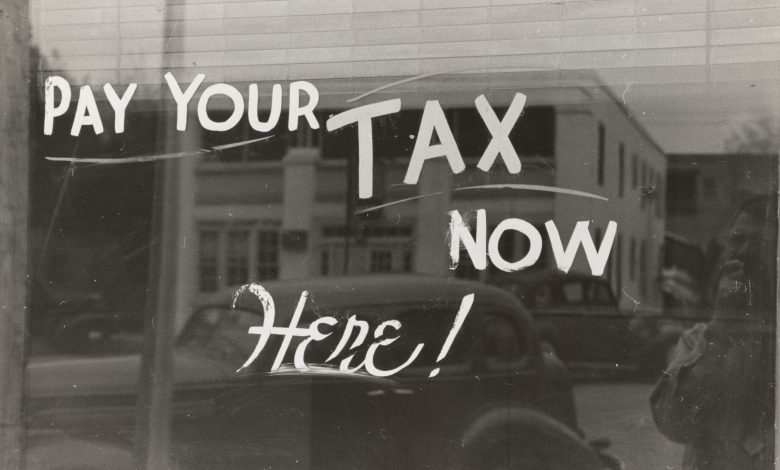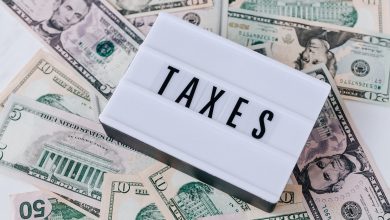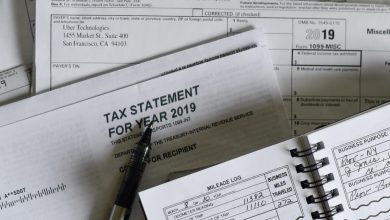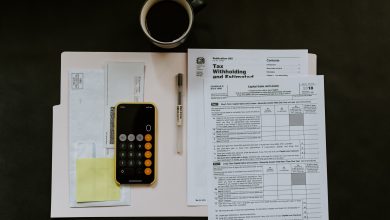How to File a Prior Year Tax Return

Guilt about procrastination on one’s taxes can become a snowball of inaction that builds year after year. Sometimes putting off taxes turns into not filing any tax returns for a given year. Getting back on track and catching up on un-filed tax returns is easier than it might at first appear. While this is not a guide for those with complicated tax returns, for the average filer, this guide will help get the process started.
Where to Start
Not knowing were to start is the hardest obstacle in filing prior year taxes. Online websites like Turbo-Tax will not be able to file taxes outside of the current year. Tax preparation companies like H&R Block will charge a significant amount for such work, and it will also take time, as most tax preparers are only trained to handle the current year’s tax load. Accountants are a helpful resource to file late taxes, but they are very expensive.
Fortunately, the IRS keeps a database of prior years’ forms and instructions that allows a person to file taxes and mail them to the IRS without other middleman companies.

Prior Year Tax Forms
There are two main ways to find prior year tax forms on the IRS website. The easiest way to find a particular tax form is to Google the year and form that you need. For example, to find a 2018, 1040 tax form, simply Google search “2018 1040 Form.” This will instantly take you to the correct form. This also works to find the 1040 Instruction Guide and any other 2018 forms you may need in your search.
Note: In 2018, the 1040 series of tax forms was simplified into a single 1040 filing. Before 2018, there were several 1040 and 1041 tax forms. The basic for most filers was a 1040EZ if they were only claiming a standard deduction. Read the instructions from each year to figure out what form you need to file.
The second way to find prior year tax returns is to go to the IRS database website. While a useful site, the IRS search engine is clunky, and you often have to sort through every tax form in a list that the IRS had for that year.
Read Everything
The 1040 filing for 2018 is a much more simplified tax form than prior years; however, it is important to read every line of the form and mark down any places that require your tax information. If you have any questions, the instructions give clear guidelines on how to fill out each line of the 1040. This is also the case for prior year tax forms. It will only take a few minutes to understand if any information needs to be filled out for that particular line.
What You Will Need
For most tax payers, the most important information is a W-2 from an employer. A W-2 is a year total of the wages paid to you and the taxes withheld and paid to the IRS by your employer. Some people will have multiple W-2 forms if they had more than one employer. The 1040 form asks for the total amount from all jobs worked.
If you own your own business, are self-employed, or had income from other sources, the instructions will give you ways to add that information onto the 1040. Generally, the Schedule 2 form is needed to add this extra income.
Refund
The nice thing about filing prior year taxes is that many people have a refund waiting for them. Getting that refund is fairly simple because the 1040 has a place to add a bank routing number and bank account number. As soon as the refund is accepted by the IRS, a tax refund is issued. There are no penalties for late filing if you are due a refund.
It will take longer than normal for the IRS to respond and accept a prior year tax return, but a refund will be issued and placed directly in your bank account.

If You Owe the IRS
Unfortunately, many discover that they did not have enough taxes withheld from their paychecks, and they owe the IRS money. This can be emotionally difficult because it is assumed that a penalty will be added to the tax return. However, in most cases, there is no penalty for late filing.
With that said, the tax payer has to find out if a penalty is owed to the IRS. To find out, Form 2210 is used. It is a worksheet that you will have to work through to decide if you owe a penalty, and if you do, how much is charged.
For those that owe less than $1000, there is no penalty. Also, if the amount paid to the IRS during the year is within twenty percent of what is owed, there is no penalty. Lastly, if the amount owed is within a given range of the work sheet, there is no penalty. This often happens when a person makes more money than the year before; the IRS is forgiving and understanding that the estimates when a big raise happens is difficult to account for throughout the year.
There are many reasons that give a tax payer ways to avoid a penalty, and it is important to read the From 2210 directions carefully – it’s worth the few extra minutes.
If You Cannot Pay
It’s understandable to not be able to pay a back tax amount in a single check. The IRS has many different types of repayment plans and scheduled plans that help tax payers make easy payments that are taken from the account automatically. How to apply and pay is found at the IRS Website.
It only takes a few hours of diligent focus and a good internet connection, to get the guilt of not filing prior years’ tax returns off your chest. So get after it!



